How Julian Alaphilippe and Tudor Pro Cycling Are Shaping the Future of the Sport—And Why You Can’t Afford to Look Away
Ever watched someone throw caution to the wind and win big, and thought, “Now that’s what I call daring”? Well, Julian Alaphilippe didn’t just win the Grand Prix Cycliste de Québec on September 12th—he embodied the guts and gusto of Tudor’s Born to Dare philosophy in every pedal stroke. It’s one thing to compete, quite another to seize the moment with such fiery boldness that the whole peloton takes notice. But here’s the kicker: Tudor Pro Cycling, draped in their striking black-and-red kits, isn’t just showing up to race—they’re rewriting the playbook on what it means to be fearless, precise, and relentless. And honestly, that spirit of risk, reward, and pure heart? It’s got me thinking twice about playing it safe in my own life. After all, isn’t greatness just a fearless dare waiting to happen? Curious how this audacious team meshes athleticism with a brand that’s “Born to Dare”? Dive in and see just what makes their victory—and their vision—so damn compelling. LEARN MORE
Alaphilippe’s victory at the Grand Prix Cycliste de Québec wasn’t just a headline moment—it was the embodiment of Tudor’s Born to Dare philosophy.
The Grand Prix Cycliste de Québec brought together dozens of WorldTour riders on September 12th, but one squad stood out for its boldness. In their black-and-red kits, Tudor Pro Cycling wasn’t just there to race; they were there to embody the ethos behind every Tudor dial: Born to Dare.
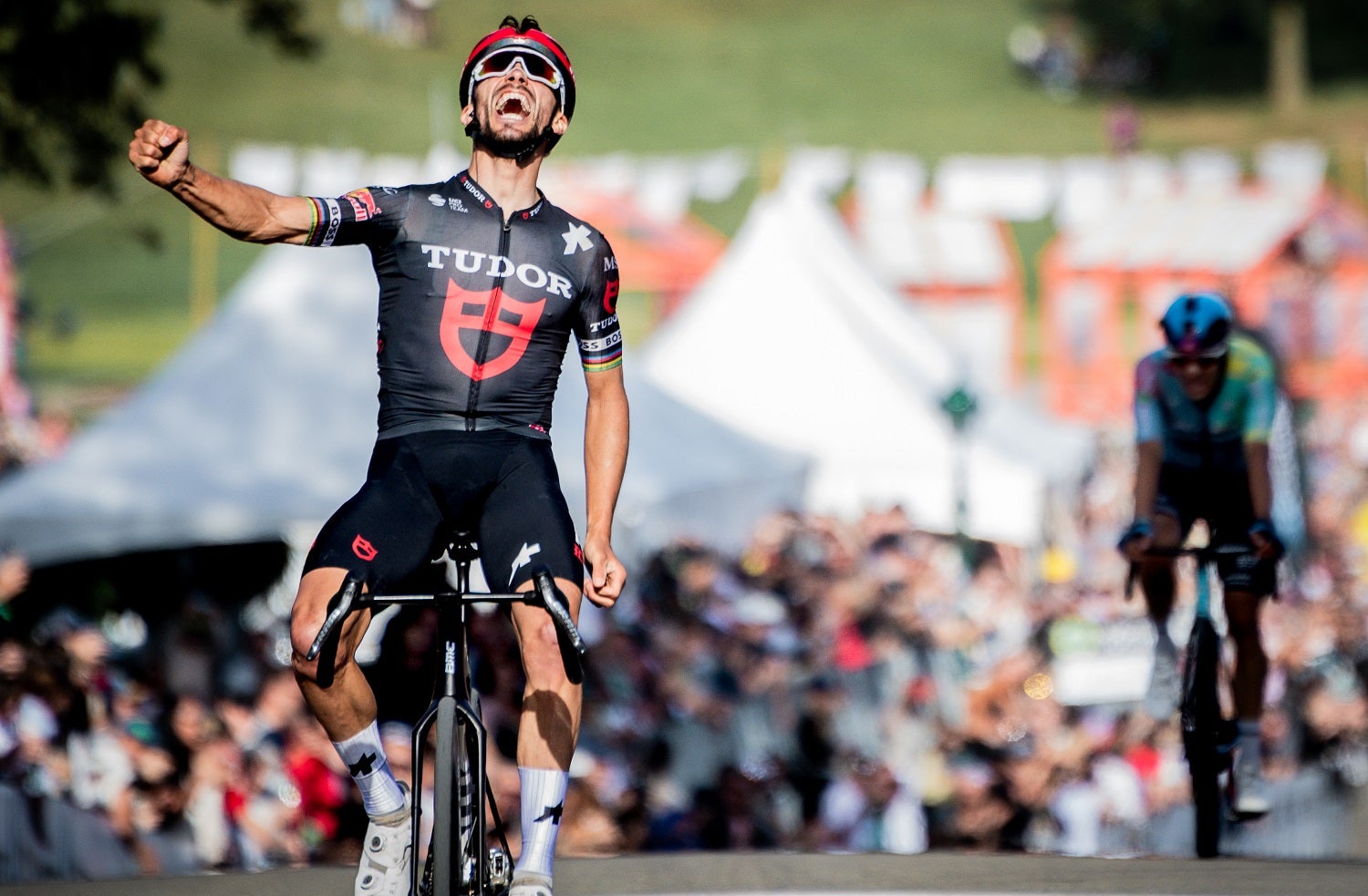
That spirit was realized when Julian Alaphilippe, the two-time world champion and France’s most electrifying rider, launched a searing move during the race’s final laps. His attack wasn’t calculated to play it safe; it was a risk, a dare, the kind of effort that either cracks the road or cracks the rider. This time, it delivered glory. Crossing the finish line with arms raised, Alaphilippe’s win was more than personal — it was a triumph for the entire Tudor Pro Cycling team, proving they belong among cycling’s best.
“It’s really an honour to wear the jersey of a brand that you are proud to represent,” Alaphilippe told SWAGGER.
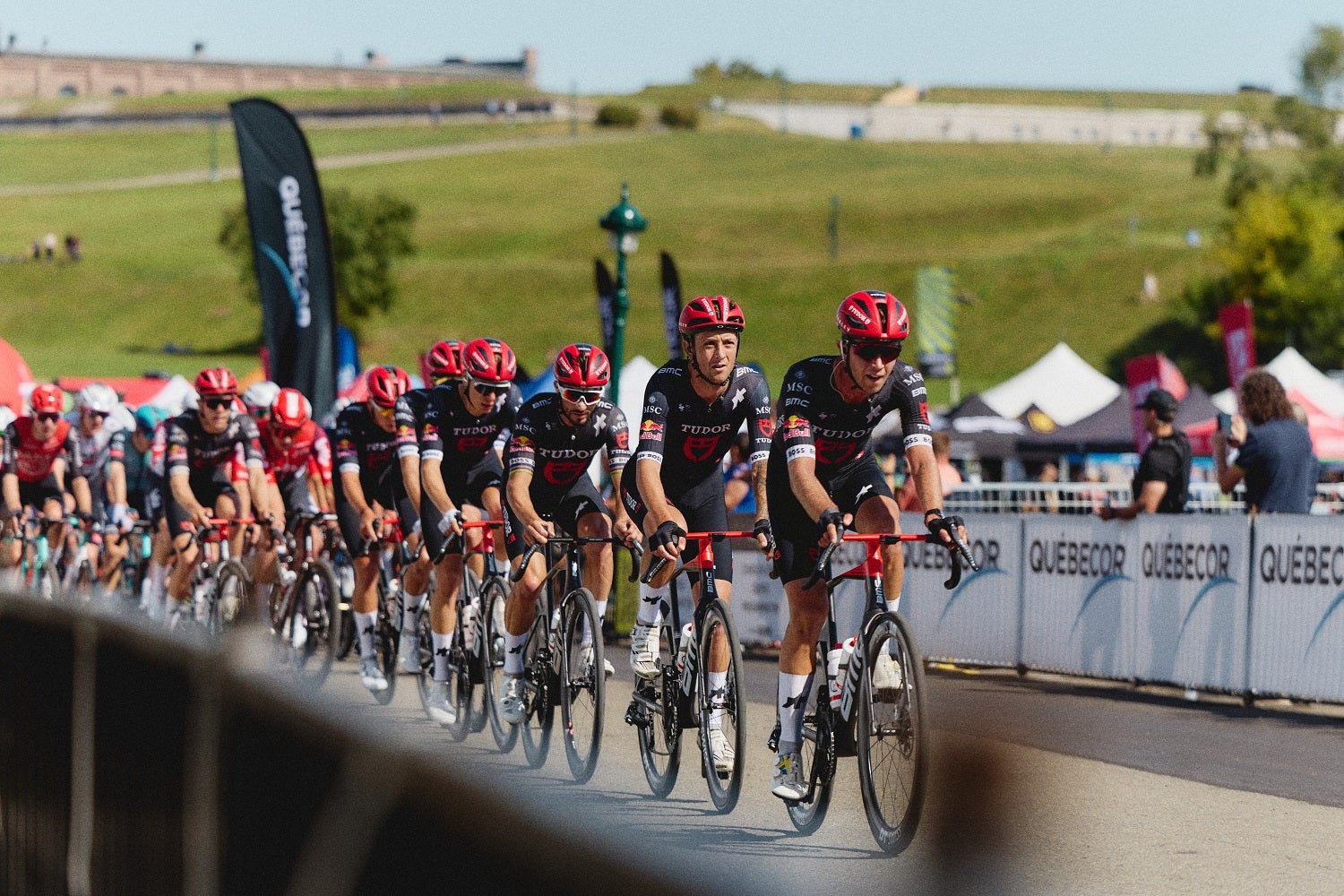
Behind that triumph lies a vision in motion. Tudor Pro Cycling may still be carving its path, but with 30 riders on its roster, the team has grown into a disciplined, ambitious force. In Québec, not all thirty riders attended, but Fabian Weiss, Hannes Wilksch, Marius Mayrhofer, Lucas and Jacob Eriksson, Larry Warbasse, and of course Julian Alaphilippe made the team’s ambition clear. This isn’t a vanity sponsorship; it’s a program built to last.
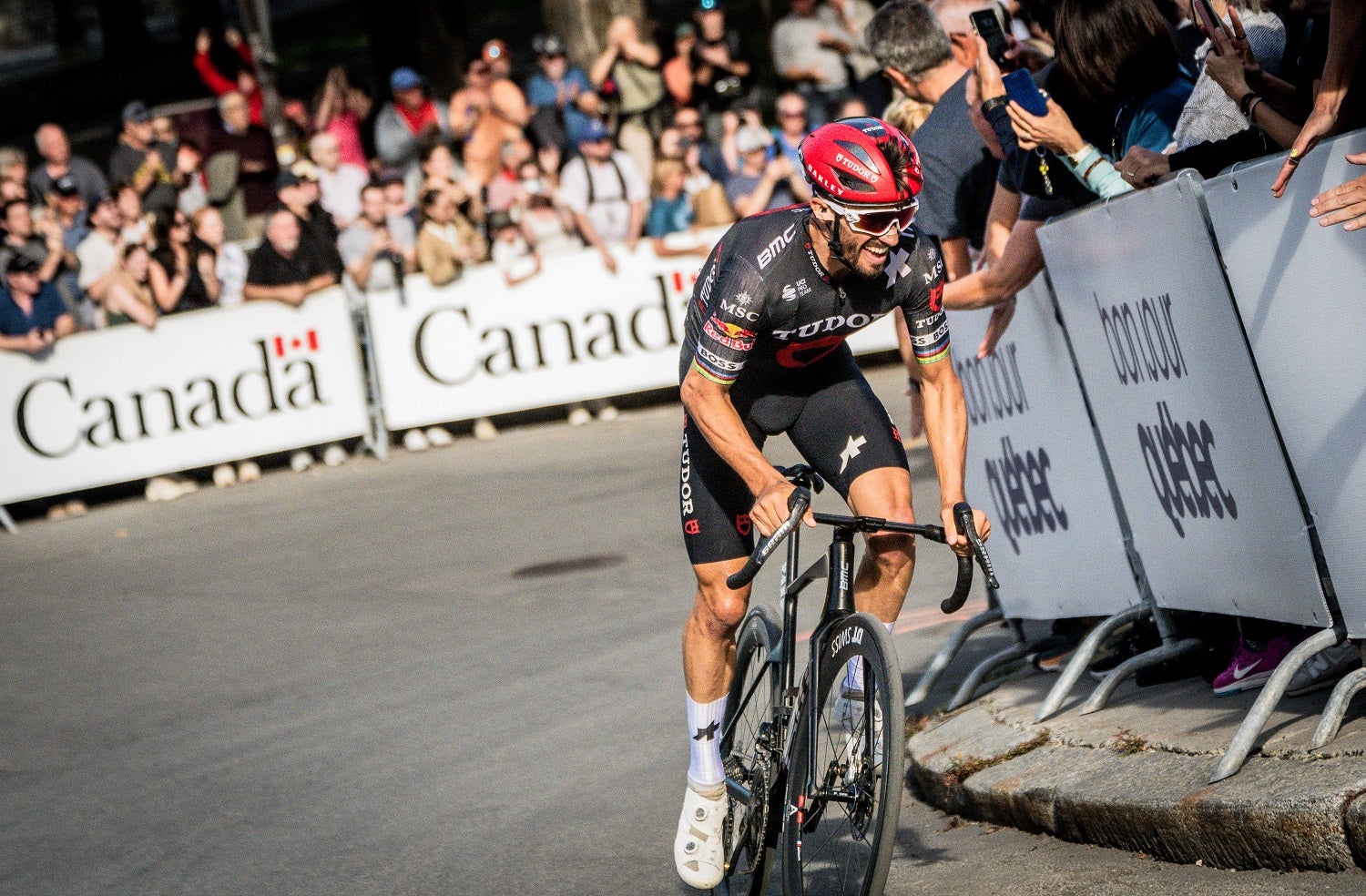
Ahead of the race, I sat down with the Tudor Pro Cycling Team to talk about what it means to carry Tudor’s ethos into the peloton. Larry Warbasse, an American veteran with more than a decade at cycling’s highest level, leaned back in his chair and reflected on the real battle inside every race. “There’s always a point in a race where you’re literally at your absolute maximum before you either don’t make it or do make it,” he explained. “If you can convince yourself to suffer for that much longer and you make it, then all of a sudden everyone slows down and it feels easy. But if you don’t make it, it’s over.”
That line, the razor’s edge between breakthrough and collapse, is where Tudor Pro Cycling lives. “Half of it is just getting out of your head and trying to overcome those mental barriers. You just have to convince yourself to keep going,” Warbasse said.
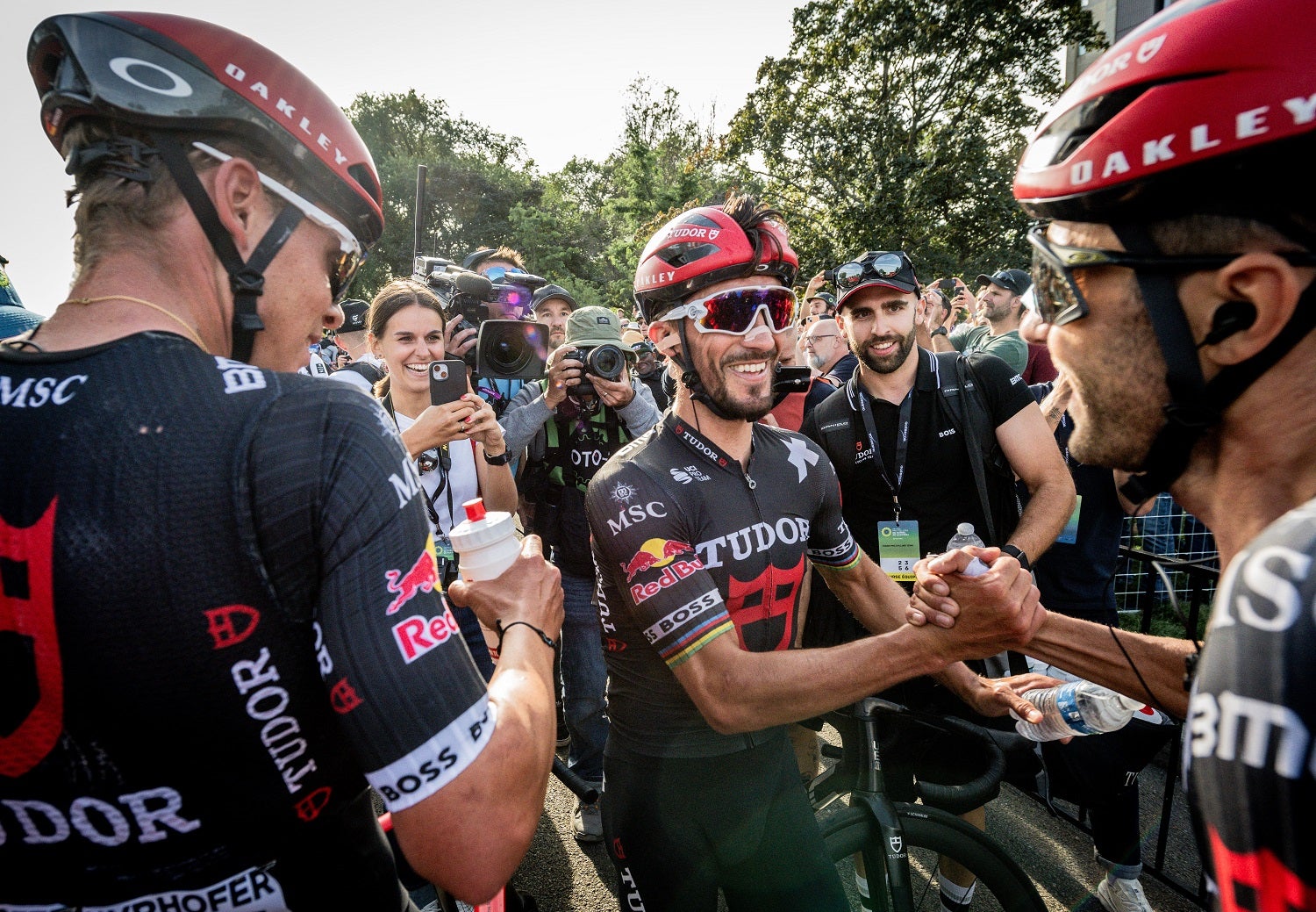
For Alaphilippe, joining the team wasn’t just a career move; it was about alignment. “It was the right moment in my career to join a project like Tudor Pro Cycling,” he said. “It’s a great feeling to share my experience and guide the younger teammates.”
That duality, a rider still capable of winning at the highest level yet committed to mentoring, mirrors the way Tudor has built its watchmaking reputation: daring but deliberate, progressive yet grounded in craft. Alaphilippe’s victory in Québec may have made headlines, but in his own words, the mission is broader. It’s about building something that will stand.
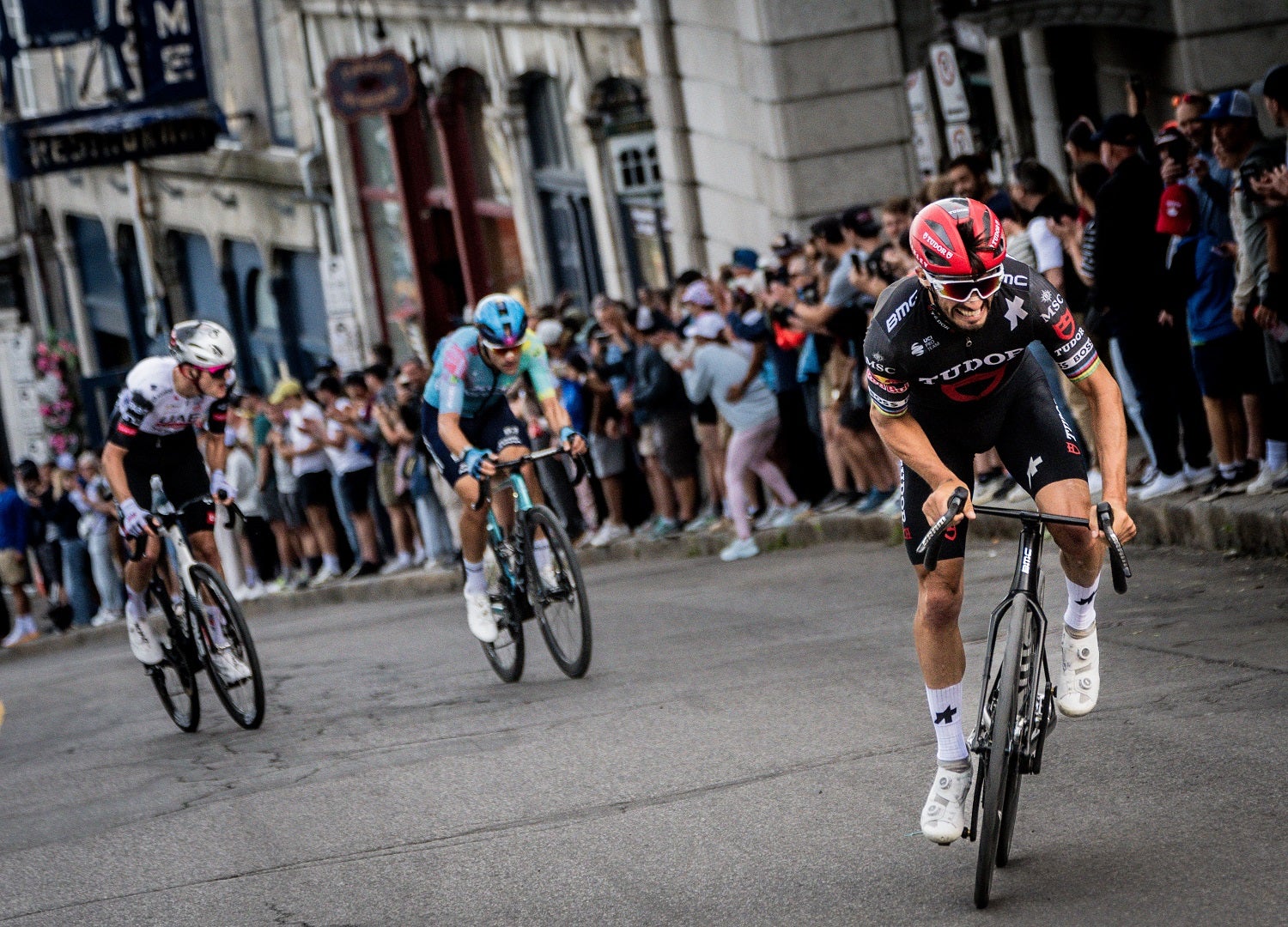
Even for a rider of his stature, the risks remain constant. Cycling is a sport where crashes are inevitable, margins are measured in seconds, and only those willing to risk it all ever taste real glory. When I asked Alaphilippe how that compares to Tudor’s Born to Dare philosophy, he smiled. “I’m never scared to dare,” he said. “I think what we do on the bike is really representative of this.”
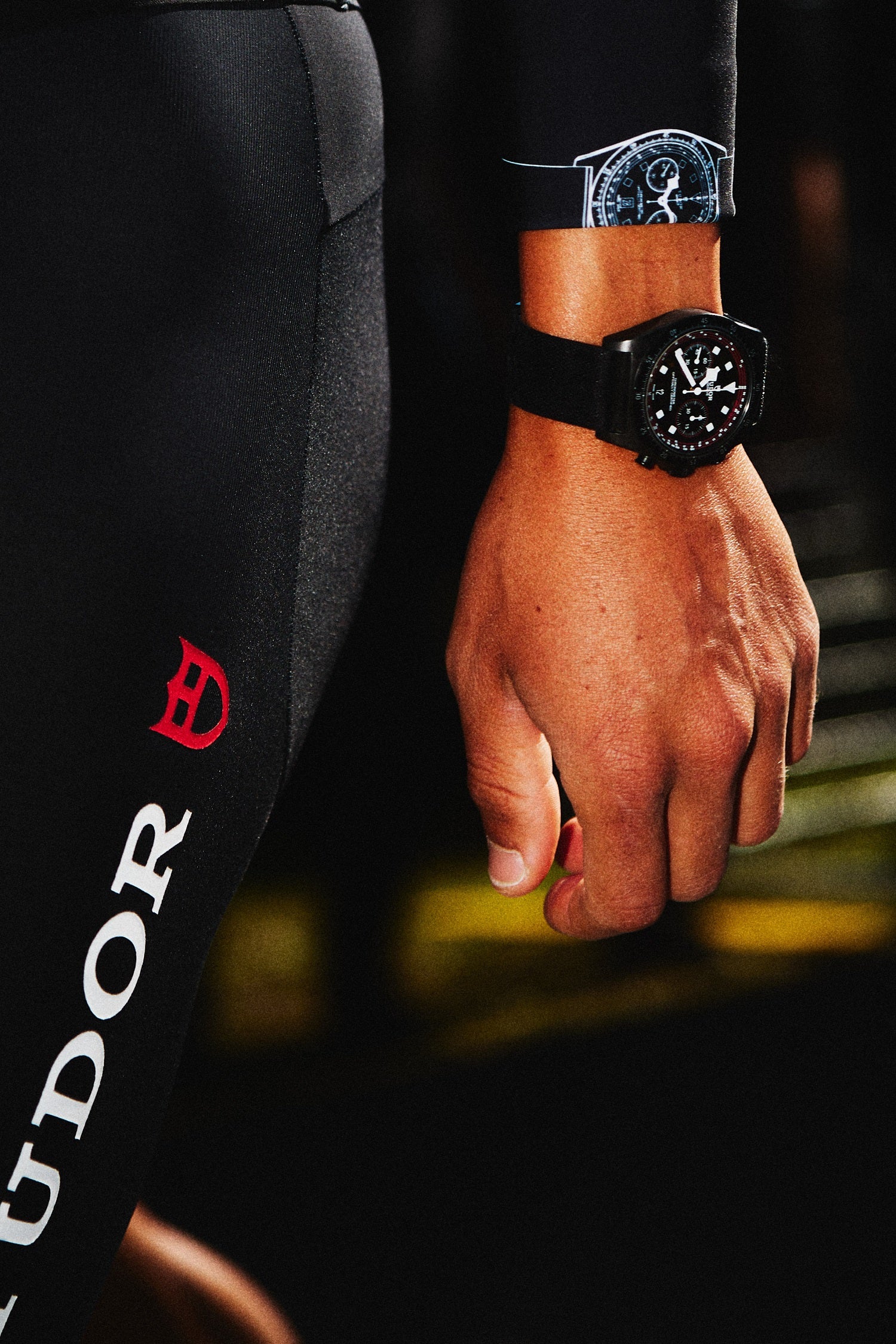
That comparison isn’t just poetic. Last year, Tudor unveiled the Pelagos FXD Chrono ‘Cycling Edition’, created with direct input from the riders. Unlike a traditional motorsport chronograph, it’s tailored to the demands of cycling — light, durable, and precise. From its carbon composite case to its cycling-specific tachymeter scale, every detail is built for the realities of the road. It’s not just a timepiece, but a tool that reflects the same resilience and daring spirit the team shows on the bike.
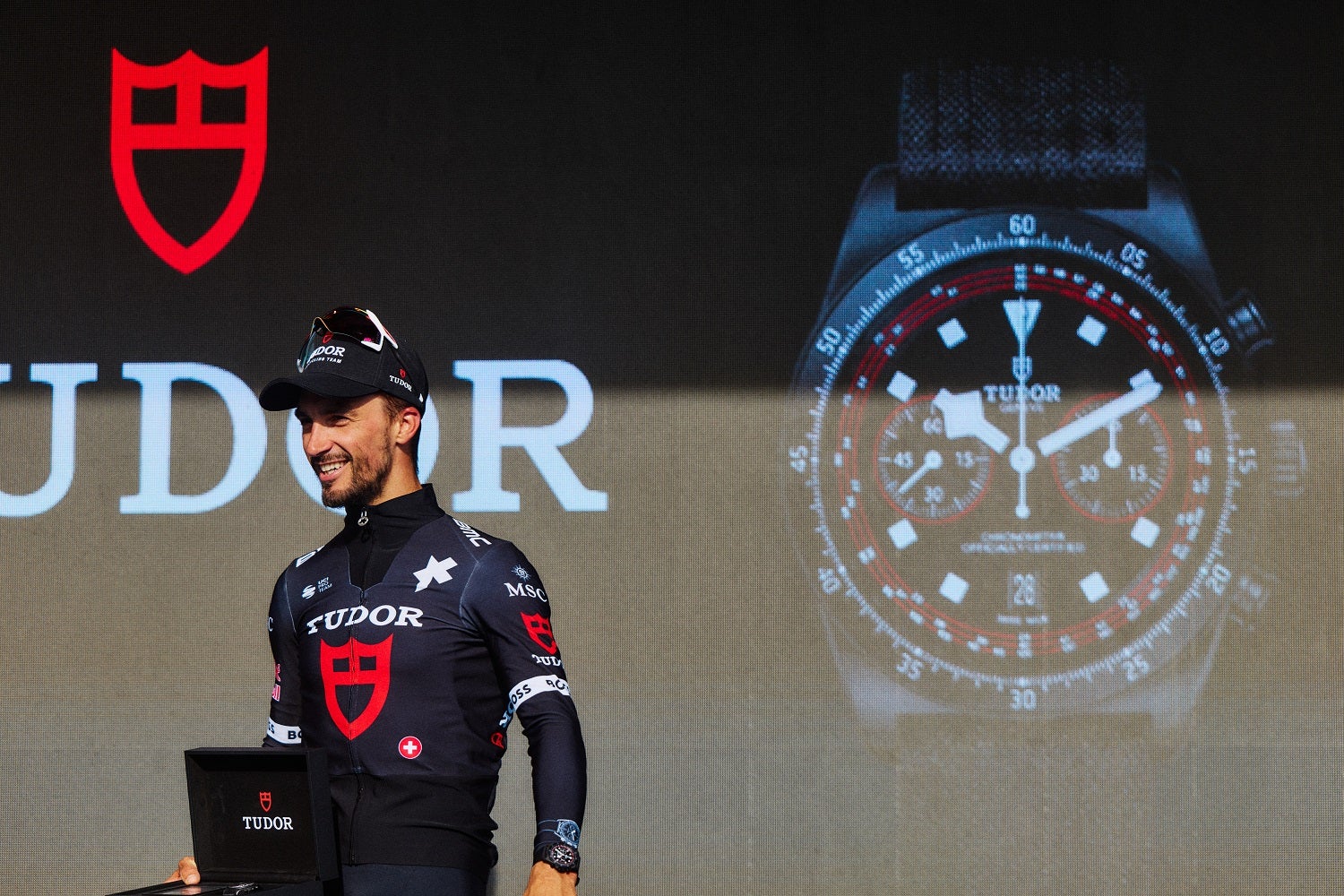
To wear it isn’t just to keep time. It’s to carry the same spirit that drives Alaphilippe to attack on Québec’s cobbles or Warbasse to dig deeper when every muscle begs to stop. It is, in every sense, a watch made for those who dare.
Ultimately, this is what makes Tudor Pro Cycling unique. It’s not just results that matter—it’s a culture forged from the experience of veterans like Warbasse, the hunger of rising talents like Weiss and Wilksch, and the boldness of a champion like Alaphilippe. Thirty riders, one guiding principle: resilience, precision, and daring without compromise.
Tudor is Born to Dare. And so is Tudor Pro Cycling.
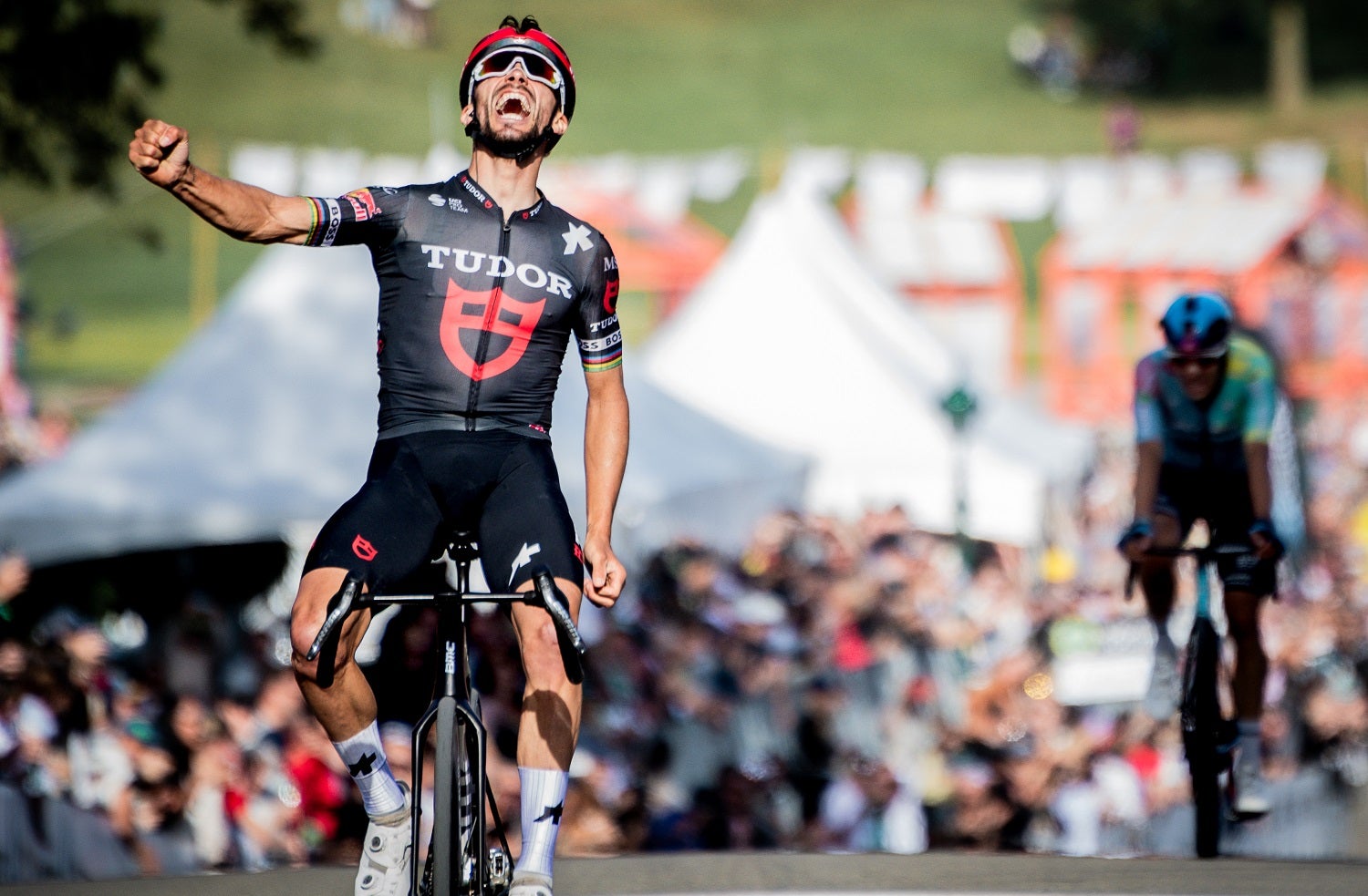






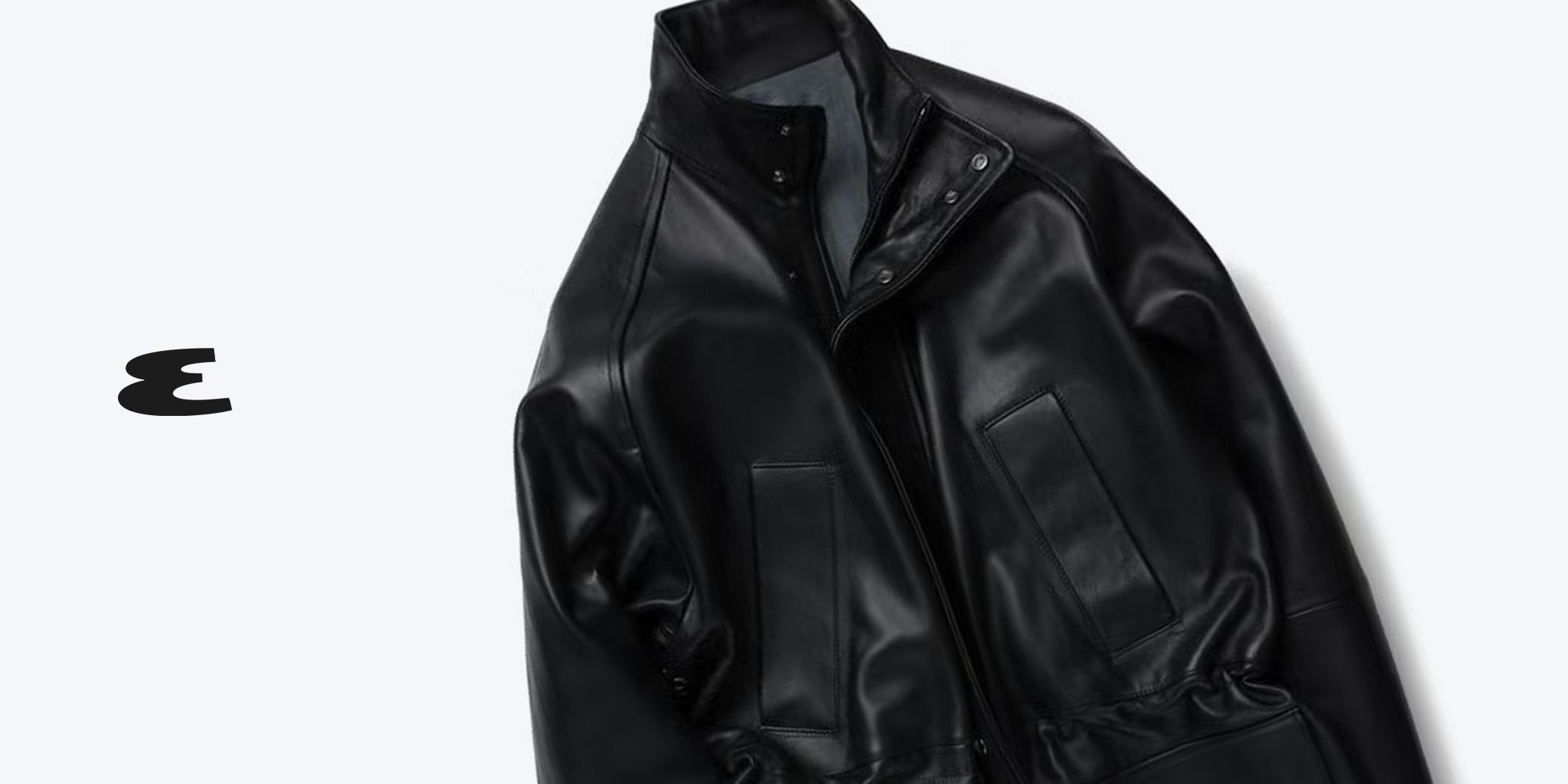












Post Comment